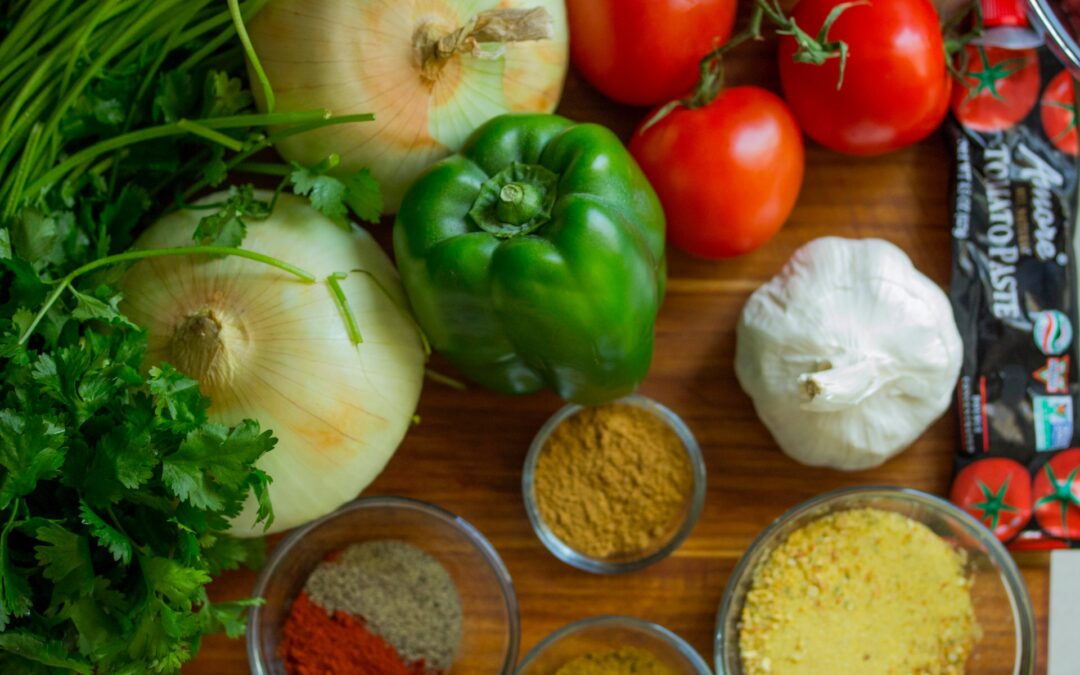Most of us are likely limiting our trips to the grocery store these days, in order to abide by the Shelter in Place recommendations. However, limited trips inevitably make it difficult if you’ve forgotten to purchase a food item from your list. It also means potentially running out of a staple before the week is up. Here are some ways to boost the nutrient content and availability in the foods we have, without having to return to the store or buy special ingredients.
1) Add a greens powder to smoothies. There are many greens powders out there. These tubs look similar to protein powder but they contain antioxidant-rich phytonutrients found in various vegetables and some fruit. Common ingredients are wheatgrass, barley grass, chlorella, broccoli, spinach, kale, Acai berry, dandelion, flax seeds, beets, maca, and various herbs. Choose an organic variety and use one scoop in your smoothies to instantly increase your intake of greens!
2) Opt to steam or saute rather than boil or fry. Steaming and sauteing are cooking methods that generally retain the highest level of nutrients for your vegetables. Boiling often allows nutrients to leach into the water, which is then discarded before eating. Steaming prevents vegetables from contacting water, thus they retain their nutrients. The benefits of sauteing are in the olive oil. Olive oil increases the absorption of phytonutrients, like beta carotene and polyphenols, found in vegetables. It is also a healthy fat and contains antioxidants in its own right. Be aware to use low to medium-low heat when sauteing with olive oil.
3) Roast your tomatoes. Cut and unpeeled. Lycopene, the phytonutrient in tomatoes, is made more available for our bodies when tomatoes are cut and roasted. It’s important to not peel a tomato, nor discard its seeds, as this is where most of their antioxidants come from.
4) Soak your grains. Soaking whole grains, preferably overnight, increases the availability of micronutrients including, iron, zinc, calcium, and vitamins C, A, and the B’s. Additionally, soaking grains will help with fiber digestion. Rinse and discard the soaking water when you’re ready to cook.
5) Freeze your own vegetables. If you want to stock up on produce but the frozen aisle is already wiped clean, opt to freeze your own. Stock up on fresh produce and freeze any quantity you won’t be eating right away. Be sure to blanch and shock vegetables first: boil them briefly, drain, and then submerse in ice water. Dry them completely then store in an air-tight container or large freezer bag. Be sure to date them. Frozen vegetables are good for about a year. Good vegetables to freeze include: broccoli, Brussel sprouts, onions, corn, spinach, kale, corn, squash, and tomatoes.

